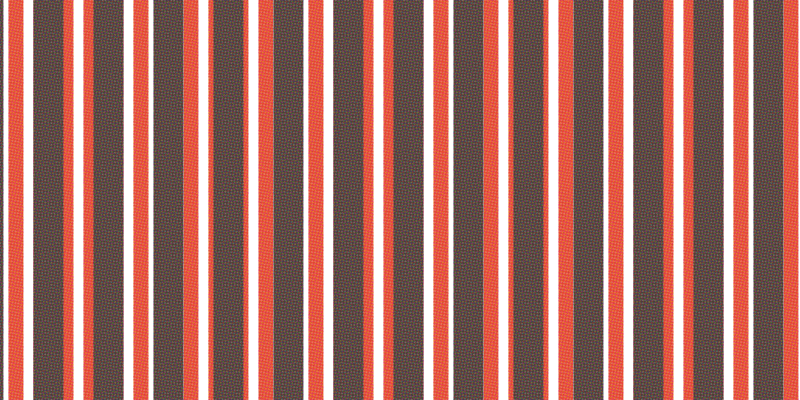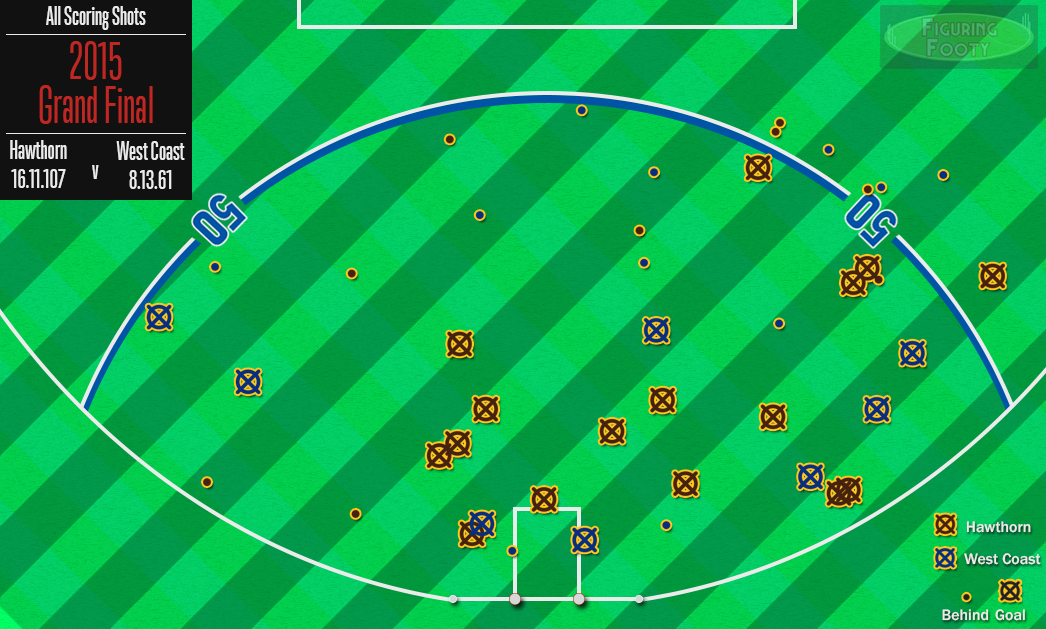Developing an accurate and realistic rating system is often a primary for a sports analyst. Just about every organised sport competition in the world has it’s own implicit rating system in which we expect “good” teams to be rated higher than poorer teams. In AFL footy we call this the ladder. The problem with using a team’s position on the ladder to infer how well it plays is that the ladder is sorted primarily by wins. While winning lots of games is important (#analysis), how many games a team has won previously is not always the best indicator of how many they’ll win in the future. This is especially true of a competition like the AFL which uses an uneven draw. A team towards the top of the ladder that has yet to face any other difficult teams has obviously not proven itself to be a strong side.
A “true” rating system provides us with a wonderful descriptive and predictive tool. We can compare teams over time. (Just how does this year’s Hawthorn team hold up against Brisbane of the early 2000s?). We can map changes in team rating after notable player and administrative changes. (How important will Patrick Dangerfield’s move from Adelaide to Geelong be for both sides?). And perhaps most tantalising for some, we can calculate implied probabilities for upcoming matches and even seasons and make a profit betting against inefficiencies in sports-betting odds. (What is fair price for Hawthorn to make it 4 in a row next season?)
Given this motivation, I have created a few different types of rating systems that I have been testing out over the last season. Today I’ll introduce you to simplest of these, a basic Elo model which I have donned “SimpElo”1, and show you the impressive results that can be achieved with just a few basic principles.


